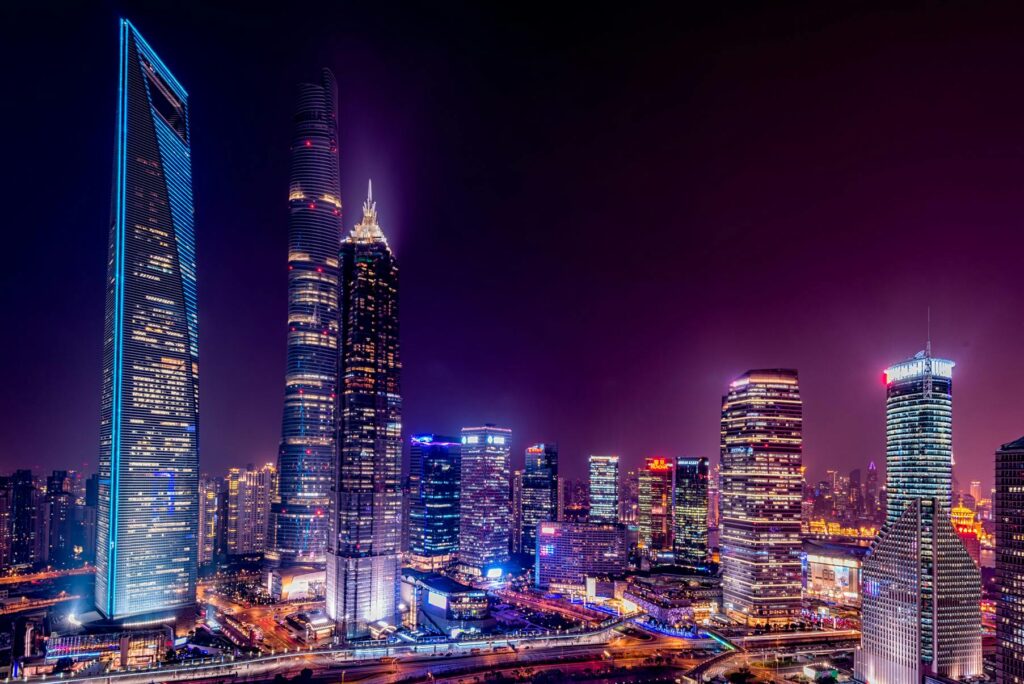Key Challenges Facing the Real Estate Sector in Mumbai and Maharashtra

Challenges Facing the Real Estate Sector in Mumbai and Maharashtra
The real estate sector in Mumbai and Maharashtra, though lucrative, faces numerous challenges that affect its growth and sustainability. These hurdles range from high property prices to regulatory and environmental issues. Here’s an in-depth look at the key challenges impacting the sector:
1. High Property Prices
Mumbai is one of the most expensive real estate markets in India, consistently ranking as a top-tier city with unaffordable property rates.
- Impact on Buyers: High property prices in areas like South Mumbai, Bandra, and other prime locations make homeownership difficult for the middle class.
- Regional Comparison: Property rates in cities like Pune and Nagpur are also on the rise, putting additional pressure on prospective buyers across Maharashtra.
2. Rising Construction Costs
The escalating cost of construction materials such as steel, cement, and other essentials, coupled with rising labor costs, has significantly increased project expenditures.
- Affordability Impact: Higher costs translate to pricier properties, limiting affordability for buyers.
- Developer Margins: Profit margins for real estate developers are shrinking due to increased overheads, making it challenging to launch competitively priced projects.
3. Regulatory Challenges
The real estate sector is heavily regulated, and navigating through bureaucratic processes can be time-consuming and complex.
- Approval Delays: Securing necessary permissions and clearances for projects often involves significant red tape, delaying project timelines.
- Cost Overruns: Delays caused by regulatory hurdles often lead to increased project costs, affecting developers and buyers alike.
4. Land Acquisition Issues
Land acquisition remains one of the most significant bottlenecks for developers.
- Limited Availability: The scarcity of developable land in Mumbai and other urban centers makes it difficult for developers to source land.
- Disputes: Issues such as ownership conflicts, acquisition challenges, and zoning regulations often stall projects.
5. Infrastructure Bottlenecks
Despite ongoing infrastructure initiatives, gaps in transportation, utilities, and basic services persist.
- Transportation Woes: Traffic congestion and limited public transport options hinder urban connectivity.
- Utilities Shortfall: Inadequate water supply, electricity, and sanitation facilities continue to be a concern, especially in burgeoning suburbs.
6. Lack of Affordable Housing
There is a growing demand for affordable housing across Mumbai and Maharashtra, but supply remains inadequate.
- Developer Constraints: High land prices and construction costs discourage developers from undertaking affordable housing projects.
- Housing Gap: The disparity between demand and supply exacerbates the housing shortage, especially for low- and middle-income groups.
7. Environmental Concerns
Mumbai and Maharashtra face significant environmental challenges, including pollution, deforestation, and waste management issues.
- Compliance Costs: Developers must navigate strict environmental regulations and obtain clearances, adding to project timelines and costs.
- Sustainability Issues: The lack of focus on green building practices impacts the sector’s ability to address environmental concerns effectively.
8. Market Volatility and Economic Uncertainty
The real estate market is highly sensitive to economic changes and policy shifts.
- Economic Fluctuations: Variations in GDP growth, inflation, and interest rates influence buyer sentiment and investment decisions.
- Policy Changes: Sudden regulatory reforms, such as changes in GST rates or RERA mandates, can disrupt market stability.
9. COVID-19 Pandemic Impact
The pandemic has left a lasting impact on the real estate sector, creating new challenges and compounding existing ones.
- Construction Delays: Lockdowns and supply chain disruptions halted construction activities.
- Reduced Demand: Economic uncertainty led to a decline in property sales and consumer confidence.
- Labor Shortages: The migration of labor during the pandemic further delayed project timelines.
Addressing the Challenges
Overcoming these hurdles will require a collaborative approach:
- Government Intervention: Streamlining regulatory processes, providing incentives for affordable housing, and improving infrastructure can create a favorable environment.
- Developer Initiatives: Focusing on innovation, cost efficiency, and green building practices can help address affordability and sustainability concerns.
- Stakeholder Collaboration: Financial institutions, policymakers, and developers must work together to mitigate market volatility and economic uncertainty.
The real estate sector in Mumbai and Maharashtra has immense potential for growth, but addressing these challenges is essential for ensuring sustainable development. With targeted efforts, the sector can overcome these obstacles and continue to thrive.
For more insights, visit plotforsales.com or connect with Shelter Layouts Pvt Ltd for expert guidance.
OUR FEATURED PROPERTIES:
Do you want to feature your property here?
Geetha Priya Layout
E Khata, BDA Limit Property, DC Converted, Loans Available.
